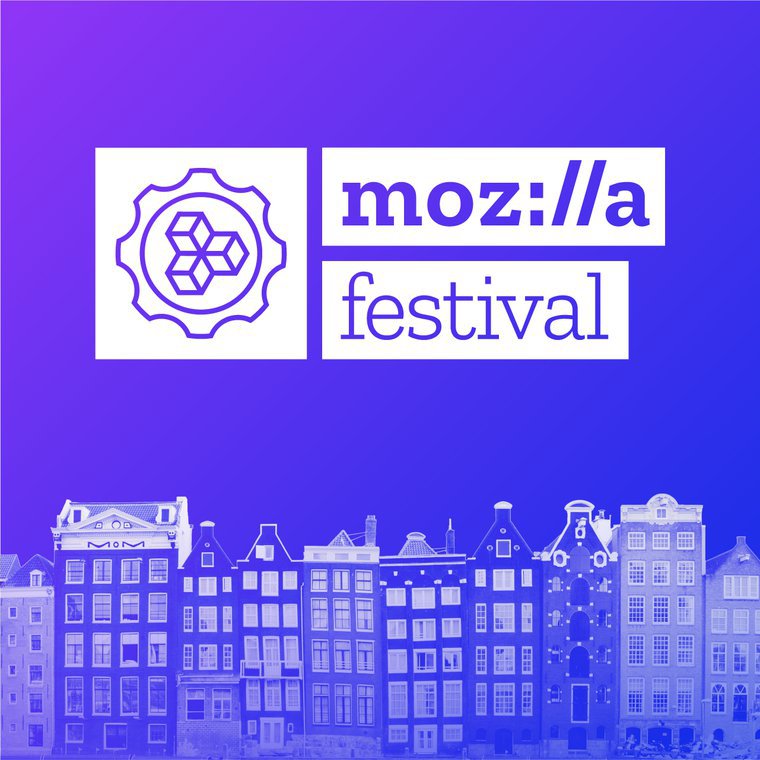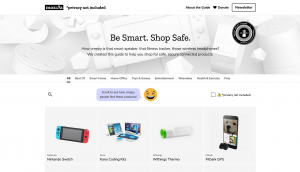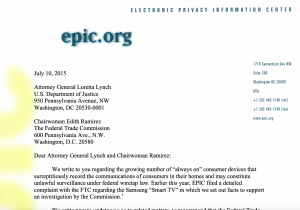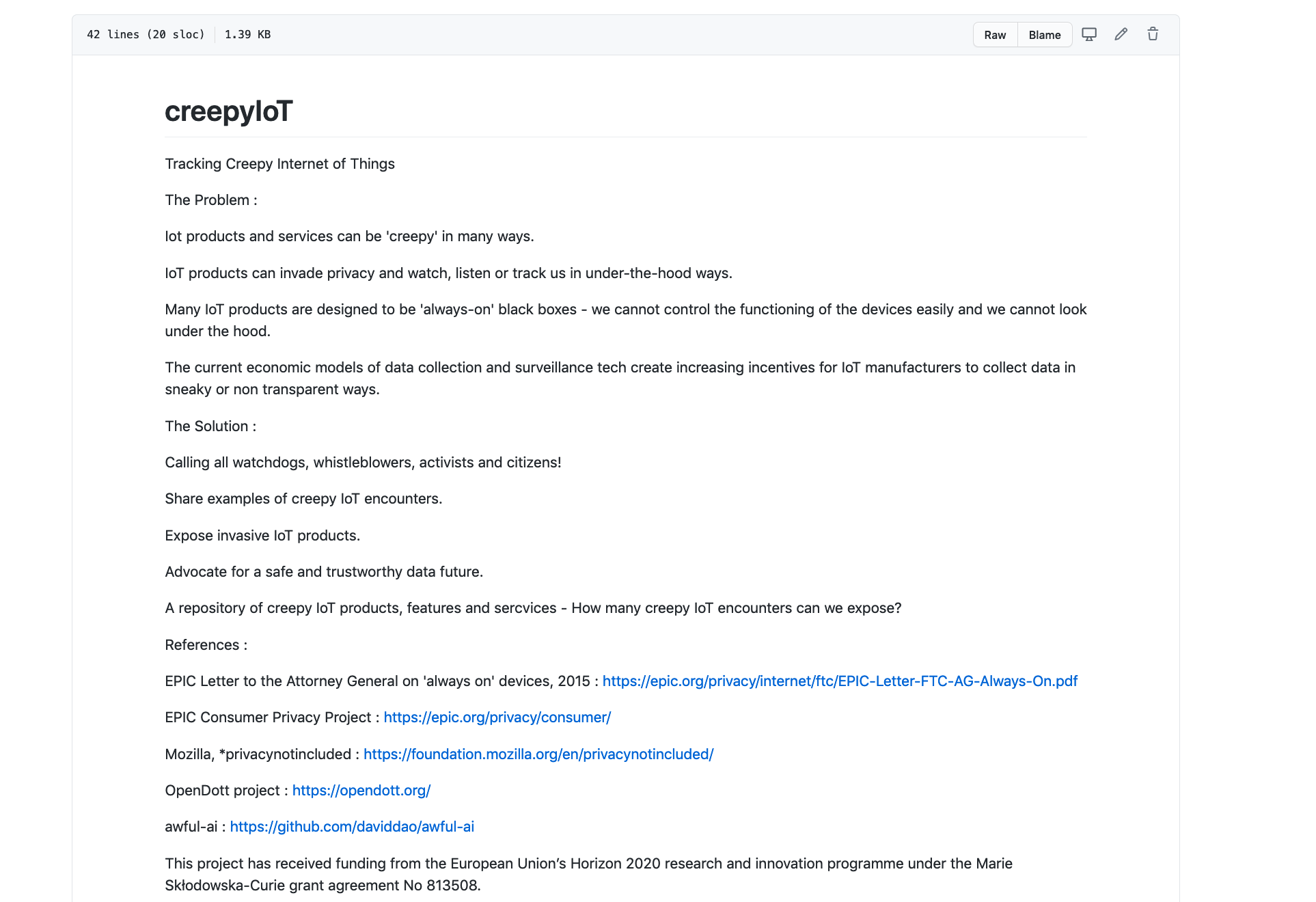0.2. This is a snapshot of the working version of a text I wrote for the OpenDoTT blog, as part of our training on Internet Health and Open Leadership. It feeds from and interacts with other materials kept in this repository. Another copy of this snapshot will be posted to my research blog as well.
After an unusual summer (wasn’t it?), my second year at the OpenDoTT project started with a change of gears. Not only have I started to engage with the local context of Berlin – a scenario radically different from Dundee in many aspects, in particular those related to the reuse of second-hand materials – but the whole project has a different focus on this phase. Our core activities last year were centred on design research. We have created and conducted studies putting in practice that emphasis. From now on, though, the other fellows and I are expected to start prototyping on top of our previous findings. That will be accomplished by bringing together both technical explorations made possible by open source hardware and software, as well as open methodologies inspired by Mozilla. We will still perform another round of fieldwork, incorporating these additional layers.
First axis: proto-tech
I am not by far an expert on prototyping technologies. I have however an overall understanding of their potentialities and limitations. Some ideas on where they can be useful to make some of my concept ideas more concrete and relatable are already emerging. I am considering for instance the creation of a machine that would recognise objects placed in front of its camera and display different kinds of information about them. Data on repairability, warranty, assistance shops, creative reuse and second-hand market, for example. The machine could be placed in public spaces, flea markets, repair shops, second-hand stores and the like. I’m looking forward to learning more about prototyping with the help of members of the OpenDoTT consortium, and eventually putting my hands and head to work on ideas like those.
Second axis: openness
It is however with the other axis of this year – summarised as “working open” – that I feel more comfortable engaging, and perhaps contributing. In fact, this may have been one of my main motivations to be a part of this program in the first place. When I applied to join the OpenDoTT project, I was required to write a motivation letter. There I already mentioned some of the projects I had been involved with, since well over a decade. Many if not all of them had elements of openness as their core principles.
It was against that background that I attended the training module about internet health and open leadership recently offered by Mozilla to myself and the other OpenDoTT fellows. That turned out to be significantly different from the experience I had last year during the design research training module. In that first case, I was in the mood of absorbing a structured, clear and neat approach to a set of practices I had used before in a more incidental and superficial way. Even though I was not totally new to participatory methods, I was indeed acquiring a more robust way to putting them to use – learning how to design, conduct and analyse the outcomes of those sorts of experiments.
When it comes to practices of openness, though, I do not come from a position of little experience. Rather, I bring with me a rich background of initiatives we have been involved with that not only dialogue with whatever is currently understood as open methods but indeed challenges them in various ways. If anyone noticed, in the last sentence I have just changed from talking about “my” experience to “our” initiatives. This is a central point of this text, which will be made in an indirect way.
My way through the training on internet health and making things in the open was also fruitful as an opportunity to return to texts I had read in the past, initiatives I have witnessed, and projects I have been directly involved with. I was very conscious of not dominating the discussions with my colleagues in the calls during the training week. Whenever I had the chance to speak, then, I didn’t even know where exactly to start. When we talk about open methodologies there seem to be many universes apart from each other, and very few points of overlap.
It took me then a little longer to write about the theme. It is simply too big, from the standpoint I’m coming from. There’s no possible way to account for everything in a single blog post. No way to write briefly and in a clear linear text about my perceptions of that training. I decided to use the repository I created during the training as a place to brainstorm and store semi-structured insights, around the idea of a spiral of openness. What follows are notes based on that (still ongoing) process. They are incomplete and insufficient but may be useful to start conversations. I welcome feedback about it.
Loose notes / seeds for conversation
WEIRD
Right before we started the training on web health and open initiatives (in that very first morning, if I’m not mistaken), a message in the nettime mailing list caught my attention. Yes, I’m still a lurker at some of those e-mail list groups from times past. There was then this message, never replied to, mentioning a book review titled “Why Are We in the West So Weird? A Theory“. I probably won’t read that book but found amusing the acronym referencing to “Western, Educated, Industrialised, and from Rich and Democratic countries”. Some weeks later I found another mention to WEIRD while (audio-) reading Kate Raworth’s “Doughnut Economics: Seven Ways to Think Like a 21st-Century Economist” (no, I’m not a fan of that image – will comment on that later). WEIRD is apparently a way to acknowledge how much the current common sense is biased towards the imaginary common to people coming from that kind of background. With the risk of ruining a clever wordplay, I would contend a somewhat denser version, though:
- Western / Northern;
- White / Male / Cis;
- Educated, or rather “taught” a worldview that reinforces this very bias as the only possible;
- Industrialised, seizing largely on externalities and replacing nature for artifice;
- Rich, often based on structural unbalance, primitive accumulation and/or war;
- Democratic… or so they say, and some really do believe it.
It was not only that mention that accompanied me during the training, of course. I am more aware of such contextual setting nowadays than I was the first time I learnt about free software, a couple of decades ago. But reading that email prompted me to be even more intentionally aware of it as the training went on. As the week went by, it was sometimes amusing, and in others disheartening to realise how much a WEIRD perspective is at the core of a good part of the free/open cosmogony. Some of its tropes deserve a more critical attention, particularly that of the lone hero taking on the world – not surprisingly, it’s often a white man, healthy (if sometimes addicted to substances), well versed in tech and with a perfect domain of the language spoken by authorities and the elite. To be honest, I have myself been that guy more than once in Brazil, and am grateful to have been made aware of it by bright members of our networks, time and again. I’m still learning.
Open… or what?
What does “working open” oppose to? A usual take is to think in terms of binaries, “open vs proprietary” being a prominent one. But what does that opposition denote? There is a well-documented perspective according to which it is chiefly a matter of “licensing”, or determining the terms according to which a given set of digital information will circulate. That view, of course, owes a lot to the vocabulary of “free and open source software” (based on four core principles to ensure freedom to both developers and users to access and use programs and their source code, which embed a clear ideological stance) and “open source” (where the source code is also shared but the political vocabulary is removed to, some say, make it more palatable to corporations and authorities), both positioned against “proprietary software” (in which case the source code is not available for anyone by default). If that definition tends to work relatively well to describe how software and its source code are distributed, however, trying to extend it to other realms proved to be tricky at best.
There has been extensive critique about the biases of the open source movements and initiatives extending their bases to the world of culture, such as the Creative Commons licenses. One of the works I like the most, and have had the chance to re-read recently in its paper edition, is “In the Shade of the Commons: Towards a Culture of Open Networks”, published by the Waag Society in 2006 (PDF here). Therein lies the “Letter to the Commons”, which starts this way:
Greetings! This missive arrives at your threshold from the proverbial Asiatic street, located in the shadow of an improvised bazaar, where all manner of oriental pirates and other dodgy characters gather to trade in what many amongst you consider to be stolen goods. We call them ‘borrowed’ goods. But a difference in the language in which one talks about things (‘stolen’ vs, ‘borrowed’) is also a measure of the distance between two different worlds. You can only steal something if it is owned by someone in the first place. If things are not ‘owned’ but only held in custody, then they can only be ‘borrowed’ as opposed to being stolen. So what you call a ‘pirated’ DVD is what we would call a DVD ‘borrowed’ from the street, and the price we pay for it is equivalent, or at least analogous to an incremental subscription to the great circulating public library of the Asiatic street.
In other words: who are you to claim you have property over an idea to be able to share it under an “open” license? There’s a lot to be discussed here but I’ll only point a parallel to the idea of primitive accumulation (and add that to the list of topics about which I need to read and reflect a lot more).
In the digital culture strategy for the Pontos de Cultura project in Brazil we have – for some time at least – embraced creative commons licenses as a way to make explicit the generous nature of what we were trying to accomplish. We were too young and optimistic then, which may have made us overlook issues of exploitation, sustainability and power imbalances. Hope and faith are a central element of free/open projects, as I’ll discuss later. There was also an expectation that everybody else joined in. We were often disappointed of crossing paths with people who were not willing to join the cult of the open. True collaboration can not be mandatory, as Geert Lovink noted in The Principle of Notworking:
Key to our effort to theorize individual and collective experiences is the recognition that there must be a freedom to refuse to collaborate. There must be a constitutive exit strategy. At first instance, this may be a mysterious, somewhat paradoxical statement. Why should the idea of the refusal be promoted as the very foundation of collaboration, as Christoph Spehr has suggested? It almost sounds like a new dogma, a next rule, notworking as yet another human right. The question of ‘free cooperation’ is, in essence, one of organization and comes up after the crisis of the (Fordist) factory model and its political mirror, the political party.
Several years later, we would approach the “open” differently in Brazil. There was an interregnum during which all the accomplishments we have had in the first years of government-funded digital culture were sabotaged and thrown away. In 2014, I have worked with Luciana Fleischman on a study about experimental practices on culture and technology. Instead of open licenses, we entertained the idea of a “culture of openness”. Here’s an excerpt translated from the original in Portuguese, Arranjos Experimentais Criativos em Cultura Digital:
(…) we could identify yet another conceptual fold over the idea of a free culture. To escape the limitations found in a merely transactional logic of flexible copyright licenses, one could simply avoid focusing on minutiae of individual transactions (the specific license of a given cultural product made available online) to propose a culture that does not define itself as objectively free (a topic for eternal arguing). One could instead work with the idea of a “culture of openness” that is processual and always dependent on intentionality and context. A culture of openness would work as a framework within which diverse modes of working could relate to each other. From releasing multimedia contents with free licenses, through to investigating ancestral cultures, from fostering socially relevant innovation and creative production, or even researching possible exchanges between permaculture, solidary economy and digital culture – all of that would refer to the field, still to be thoroughly defined, of the culture of openness. On the one hand, it would allow us to escape the limitations of a transactional logic that devalues the potential of free production due to a supposed short reach of a given cultural product, and on the other hand asserts the intentional gesture of generosity as an element for politicising the making of culture, present in humanity since millennia before the first computer was even made.
Plurality of worldviews
I once realised, during an international workshop on open and collaborative science in Cyprus, that a common expression we used in many projects in Brazil was hard to translate to English. It was “conhecimentos”. Sure, the single noun conhecimento is usually translated as “knowledge”. But I struggled to find a way to add other dimensions to it. It is unusual to read of “knowledges”, in the plural. It may be something with the English language itself. Would it be too mono-dimensional a language to allow people to understand a world in which knowledge is not at all single and universal? In our practices, it is common to refer to “conhecimentos” to acknowledge the fact that different cultures often have worldviews, systems of values and cultural expectations that differ completely from one another. We would talk for instance about “conhecimentos tradicionais” (knowledges of traditional communities – native amerindians, quilombolas, ribeirinhas, other rural- or forest- located groups) in a manner akin to someone who talks about “urban cultures”.
It may be this awareness that makes me wary of attempts to reduce complex realities to supposedly universal approaches. While I do appreciate aspects of books such as the Doughnut Economics, as mentioned earlier I don’t like that image. In attempting to capture the complexity of reality with a single graphic representation, such efforts may end up mimicking the very structures they oppose. I am not a fan of the so-called circular economy, for similar reasons. Can we discuss openness taking into account a myriad of worldviews, perspectives, cosmogonies?
Another tale of translation… but before that, a note: my writing always brings personal stories. I won’t apologise. In this text, in fact, it is even more intentional. Part of the indirect point I’m trying to make. But back to the translation: interacting with the emergence of creative commons in the cultural scenario in Brazil, a senior law scholar noted that the correct term in Portuguese would be “rossio”. That’s a term that defines land used by a community, in a regime of shared property. The term is not used contemporarily in Brazil. The very notion of a piece of land without an owner is foreign these days. That reminds me of how much talking about a “commons” suggests a return to times past, before the enclosures that supposedly laid the foundations of capitalist development in late medieval Europe. This clear opposition of commons and property might indeed make historical sense. In Europe. In many parts of the world, however, modernity was a matter of destroying large swathes of forest and replacing it with plantations based on slave labour. Whatever relation there was between people and land beforehand was not necessarily similar to the medieval commons. Nor was it replaced by labour rewarded with money in a “free market” (as some people insist happened everywhere).
So – not only open as non-proprietary. Not only open as non-linear, or not enclosed. What if we think instead of open as open-ended? Doing things without the need to decide previously what their purposes, methods or goals are. During the open leadership training, that was one of the things that made me uncomfortable. I do have a problem with the rhetoric of world-changing projects that is embedded in the startup mentality. “You must start with a great idea, and convince a community of interest to join your cause”. That in fact sounds a lot like competition and not cooperation. What if I don’t have a clear idea, and don’t want to explore people’s work? Can I start building community even before I know what I want to accomplish? Can I change my mind and change my very own point of view with every single interaction? Not only pivoting as proposed by lean methodologies (that black hole of feedback) but truly caring for people and cultivating meaningful relationships.
Circularising
It is interesting to think about circularity, not only in terms of supplying materials for industrial production but as a way to interact with the world. An anthropologist once taught me that what we were trying to do in those initiatives based on Universities and federal cultural policy was not necessarily comprehensible to members of traditional communities in Brazil. The focus on “projects” that have a start point and an expected finish line is nonsensical for several social contexts. Who says you have started only that day? What about the many paths that brought you there? And who says the project will end? The sun will come up the next day. The seasons will keep on changing, or so we hope. Anything can only be deemed successful if people are willing to remember and talk about it again and again.
So there is indeed an aspect of circularity that may be brought to the discussion of working open. Not “open projects” but open ways to interfere in the world instead. If that is the goal, then, it may not be perfectly circular – as we are willing to change things and don’t want them to get back to the same precise spot. Another colleague in Brazil, Fabiane Borges (a.k.a. Antenna Rush), is currently organising a series of meetings about space, arts, technology, futures and related topics. In one of those meetings, professor Germano Bruno Afonso was presenting his research on ethnoastronomy, and offered this beautiful description of an image made by amerindians and explained by Pajés (“Shamans”):
This one is a spiral, ok. And what about this spiral? (…) The most beautiful explanation I found was the following: it represents the beginning and the end. And that in our life we’ll never be – we always say it’s circular, right, represented by an ellipse – it means that whatever position we’re returning to, even if things have not changed, we ourselves have changed. So it is not the same. The circle does not close to become an ellipse.
A note: I remember interviewing a community leader in a Guarani village in Ubatuba who would start and finish all his interventions like this: “it is important (this and that and the other thing)… it is important.” Redundancy and elliptical (or spiral) thinking are a cultural method. That may be a good way to go, then. Open-ended, spiral openness.
Leadership
I wouldn’t go as far as proposing to “de-colonise” openness. I do think, however, that open leadership should be about more than convincing everyone that one’s idea is groundbreaking, revolutionary or worth contributing to. In the intense times of the MetaReciclagem network, we would talk about the intentional self-sabotage of leadership to avoid falling into traps laid by the systems of power. The social scientists of the Cultura Digital project brought also to our attention the image of the Tuxaua in some amerindian cultures:
Every village has a tuxaua, who has the power of solving internal conflicts and quarrels, summoning meetings, scheduling celebrations and rituals, defining the agricultural activities and commercial transactions, ordering the building of houses etc. The tuxaua is in charge of hosting guests, demonstrating his generosity and carrying out the ceremonial role of offering çapó – guaraná sticks grated in water, a beverage drunk in large quantities daily that also has ritual and religious functions.”
Generosity should arguably be at the core of leading open, post-scarcity initiatives. The Zapatistas have the principle of “mandar obedeciendo” (to lead by obeying). Can we fork the open leadership training series and rebuild it with an alternative vocabulary that is based in plurality, generosity and cooperation?
Other notes
Some quick notes I made during that training week that should inspire future texts (or a future version of this one):
- Difference is important in open projects. Not only diversity. Diversity is obviously important. But without the ability and space to express differences, to diverge, to chose not to cooperate, to doubt, to question the faith in expected shared goals, diversity may be empty.
- What if the community is the very project, not something external to it?
- Instead of “project lead > contributors/community > users”, I’ll want my future projects to be organised recognising the existence of multiple stakeholders that may or not converge in concrete terms.
- Start an open project with malleable matter that presents itself differently to different people. Keep changing it, do not (ever) enclose what the project is. Keep re-writing its original myths.
- Based on the idea of a city as an open system with contradictory interests, how best to plan interventions?
- How many gardeners does it take to regenerate a forest? And how many beings with unclear roles are needed to effect real change in the world? Can we go beyond the polarity of “project leader vs. collaborators”?
- Institutional dynamics… Is it possible to develop truly open projects within academic boundaries?
- Measuring outputs interferes with the essence of what is done. Not necessarily the expected outcomes can be easily measured.
- Risking getting the award of redundancy: there is no community without commonalities. There is no community without communication.
- Future discussions: openness, enclosure and individuation (alô Novaes!), decolonising open source (oi, Luiza!), what else?
- Modes of participation and representation. Tales of a network that did not want to become an organisation (MetaReciclagem). Innovators from developing countries believing too much in their northerner disguises.
- I have to start blogging again.
P.S.
This text is not finished. It will likely never be – I just got tired of writing it for now. It is anyway loosely connected with the GitHub repository mentioned above, particularly the subfolder named “spiral“, and a slide presentation available in PDF format. It is also tributary to almost two decades of conversations and shared experiences with lots of great people in Brazil and elsewhere. Let’s keep the ball rolling, shall we?









